Physical Address
304 North Cardinal St.
Dorchester Center, MA 02124
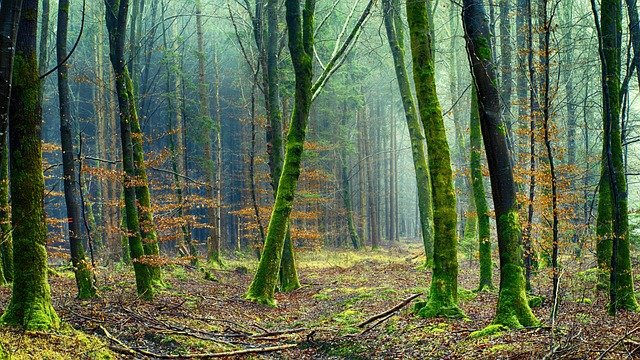
Vilnius and the Lithuanian Forests- Unique Destinations for Unforgettable Adventures and Explorations
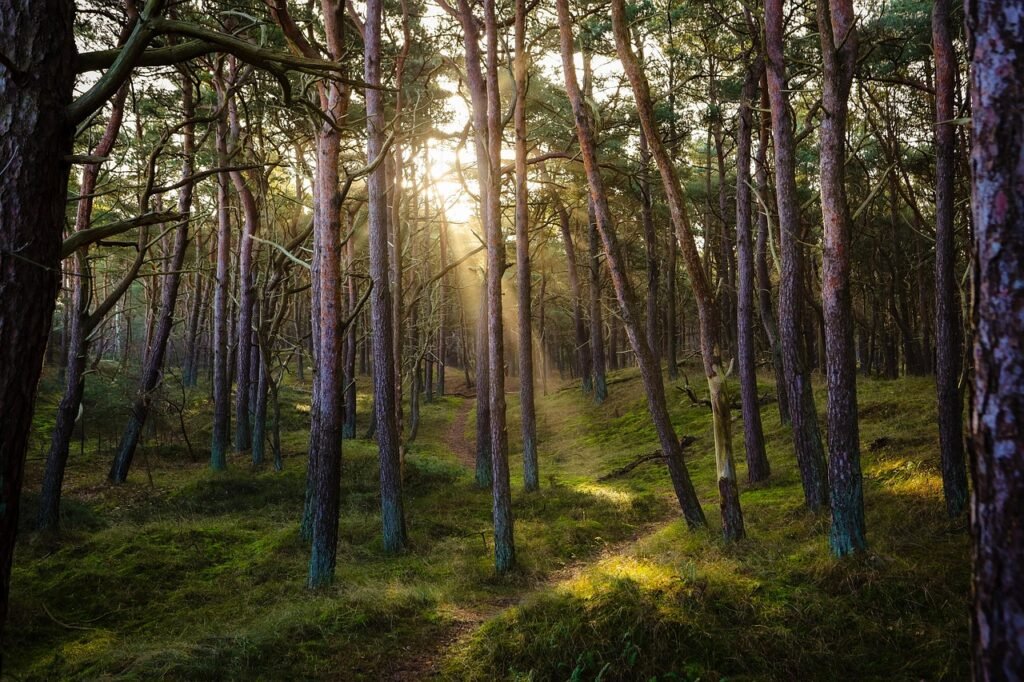
Lithuanian Forests-From ancient forest legends to modern sustainability practices
Discover Europe’s environmental capital, Vilnius; explore pristine forests, taste local cuisine, and enjoy the beauty of Baltic Sea sand dunes in Lithuania’s hidden paradise.
• Baltic Forest Legends and Mystical Tales • Lithuania’s Deep-Rooted Nature Culture • Why Lithuanians Cherish Their Natural Heritage • Expert Tips for Maximizing Your Lithuanian Adventure • Budget-Friendly Travel Planning Guide • Cultural Experiences and Local Insights • Frequently Asked Questions
Have you ever wondered what it would be like to step into a fairy tale, where ancient forests whisper centuries-old secrets and endless sand dunes stretch along unspoilt coastlines? Lithuania, crowned Europe’s environmental capital for 2025, offers exactly that magical experience.
During my first visit to Vilnius three years ago, I stood mesmerised in the Užupis district, watching amber-coloured leaves dancing in the crisp autumn air as church bells echoed through the cobbled streets. That moment sparked my obsession with Lithuania’s hidden gems, and I have returned countless times since.
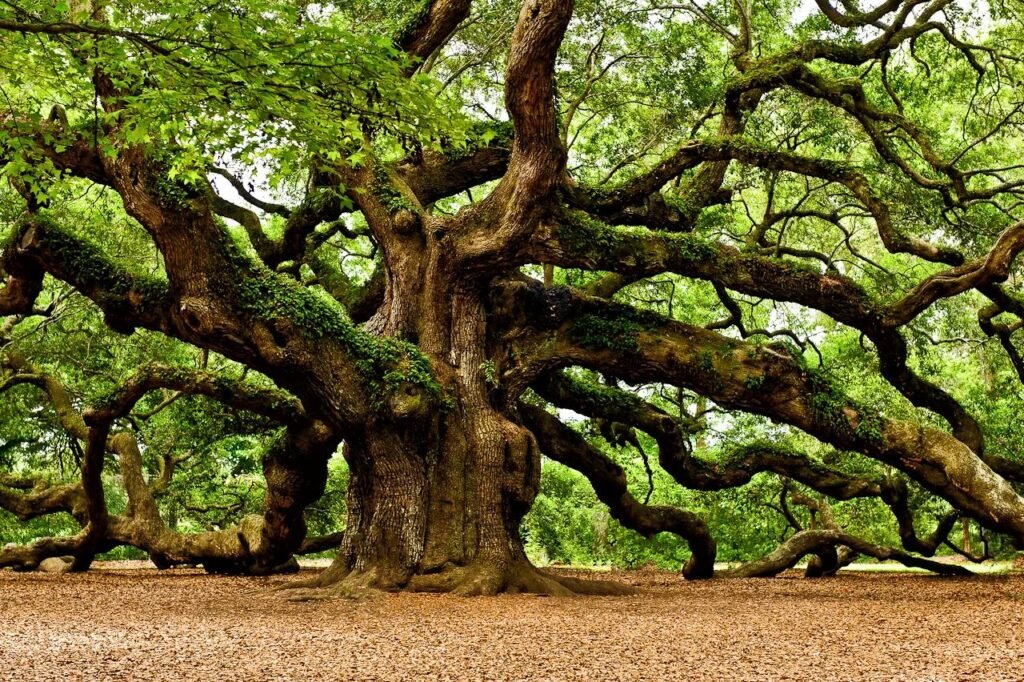
Lithuania has oak forests that are over 800 years old.
Lithuania’s forests are more than just collections of trees; they are living libraries of cultural experiences that have shaped the nation’s identity for millennia. The mystical Žemaitija National Park is home to oak trees over 800 years old, each one said to guard ancient Lithuanian pagan secrets.
According to local folklore, Lauma are forest spirits who protect travellers who respect nature’s boundaries. During my night-time walk through the park, surrounded by towering pines and the distant calls of owls, I felt as though I was part of these legends. The forest seemed to be alive with whispered tales of the grand dukes of medieval Lithuania who once hunted along these very paths.
Practical tip:Visit the Anykščiai Forest in late summer, when the mushroom-hunting season begins. Local guides will share their centuries-old foraging wisdom and lead you to places that are popular with locals but rarely visited by tourists.
The famous Hill of Crosses near Šiauliai is a testament to Lithuania’s spiritual connection with nature. Despite Soviet attempts to remove them, the crosses would mysteriously reappear overnight, according to local belief, blessed by forest spirits. Nestled among rolling hills and wildflower meadows, this sacred site offers visitors a profound glimpse into Lithuanian resilience and faith.
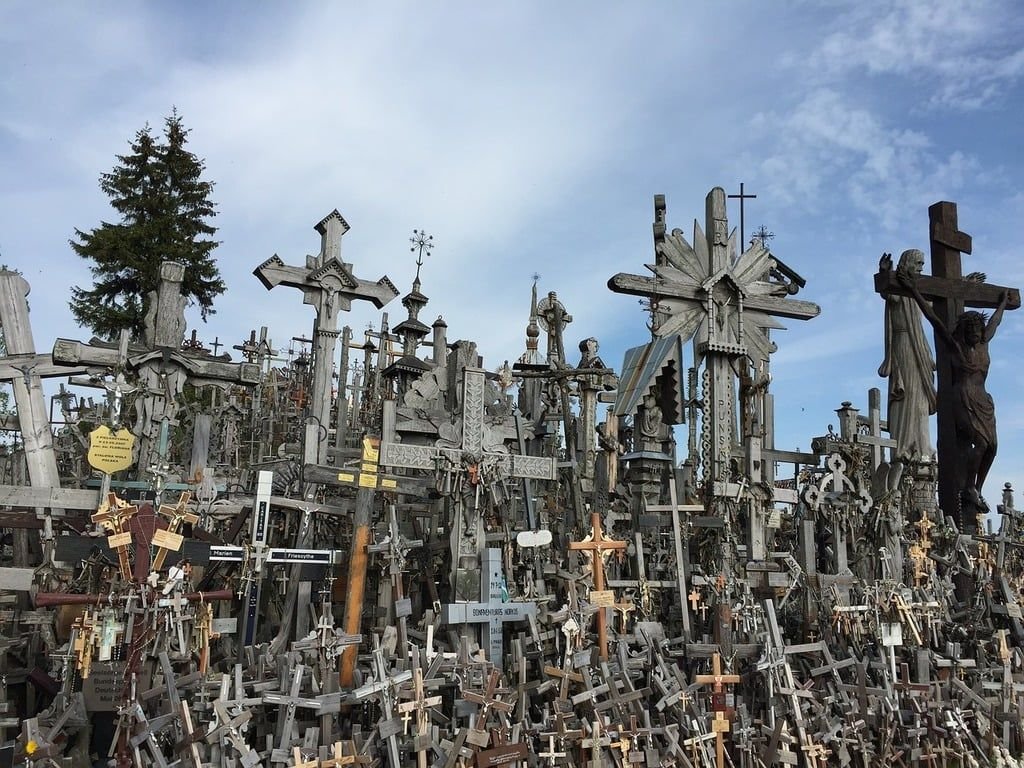
The famous Hill of Crosses near Šiauliai
Camping permits in national parks cost just €15 per night, making these hidden gems accessible to every budget-conscious traveller seeking authentic family holiday ideas.
Visitors are most struck by the genuine reverence that Lithuanians show towards their environment, as well as the pristine landscapes. This isn’t performative environmentalism; it’s a cultural trait passed down through generations of ancestors who lived in the forests.
In Trakai, I saw elderly Lithuanian women teaching children how to identify edible mushrooms, passing on knowledge that has remained unchanged since medieval times. Such cultural experiences represent living traditions that connect modern Lithuanians to their pagan past, when forests were considered sacred temples.
The Curonian Spit, a UNESCO World Heritage Site, is the perfect showcase of this cultural harmony. Traditional fishing villages coexist here with sanctuaries for migrating birds, creating an ecosystem where human culture enhances rather than disrupts natural beauty. As you walk along the 98-kilometre stretch of sand dunes, you will encounter places where it seems as if time is suspended between earth and sky.
Money-saving insight:Instead of expensive resort hotels, stay in traditional fishermen’s guesthouses along the Curonian Spit for €35–50 per night. These family-run establishments offer an authentic Lithuanian breakfast and insider knowledge of secret hideaways known only to the locals.
Lithuania’s spa culture, centred on natural mineral springs and forest therapy sessions, beautifully illustrates the connection between humans and nature. Druskininkai, the country’s leading spa town, has perfected wellness treatments using pine extract, honey and amber, all of which are sourced from the local forests.
To understand Lithuania’s passion for the environment, it is necessary to delve into the country’s complex history. During the Soviet occupation, forests became symbols of freedom and identity preservation. Resistance fighters who hid in the dense woodlands weren’t just avoiding capture; they were literally embracing the Lithuanian landscape as a sanctuary.
This historical context helps to explain why 33% of Lithuania remains forested despite centuries of foreign rule and pressure from industrialisation. Modern Lithuanians have inherited this protective instinct and view environmental stewardship as a patriotic duty.
The traditional Lithuanian bathhouse culture, centred on forest saunas followed by plunges into lakes, is a prime example of this intimate relationship with nature. During my visit to a traditional pirtis near Lake Galvė, the 90-year-old owner told me that his grandfather had taught him to read weather patterns by observing the behaviour of forest birds – a skill which remains surprisingly accurate to this day.
Planning travel trips It becomes easier to understand when you realise that Lithuanians consider access to nature a fundamental right. Public transport even reaches remote historical sites such as medieval castle ruins deep within Dzūkija National Park. Day trips from Vilnius to most national parks cost under €10.
Unlike other European countries, Lithuania’s pagan heritage survived Christian conversion remarkably intact. Ancient oak groves still serve as informal places of worship, where locals leave flower offerings. These undiscovered paradises offer travellers seeking deeper connections beyond typical tourist attractions a profound spiritual experience.
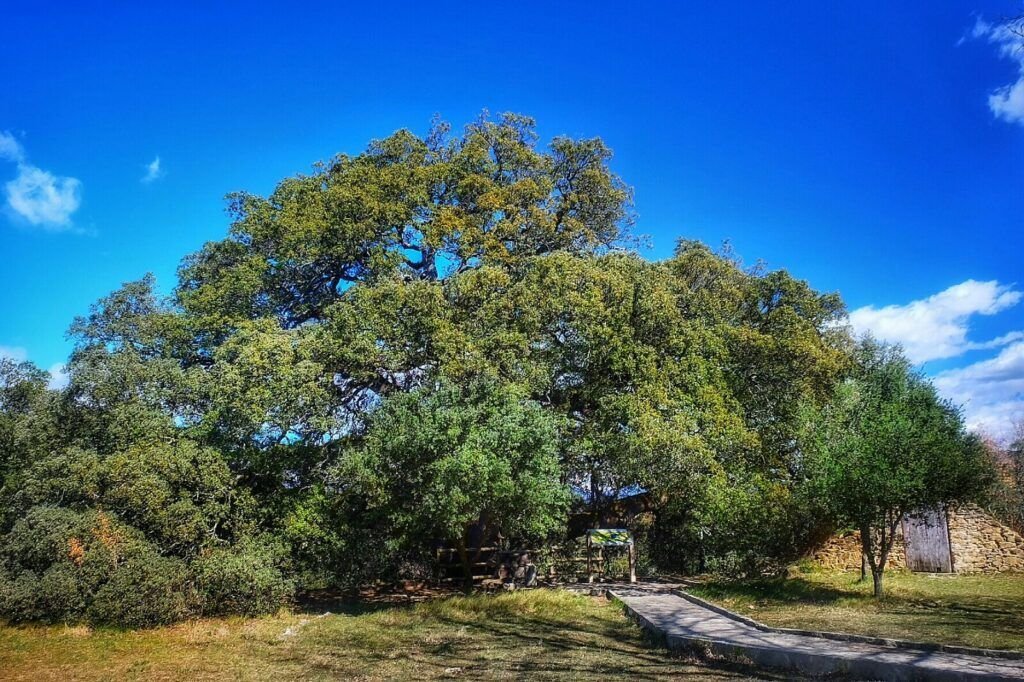
Ancient oak groves in Lithuania
After visiting Lithuania multiple times in different seasons, I’ve developed strategies that can turn an ordinary trip into an extraordinary, memorable adventure. The secret is to embrace the rhythm of Lithuania rather than rushing through tourist checklists.
Seasonal Planning Strategy: Visit during the shoulder seasons (May–June or September–October), when the crowds thin out but the weather remains pleasant. The summer months attract Baltic Sea beachgoers, making accommodation in the forest scarce and expensive. Spring offers opportunities to forage for mushrooms, while autumn provides ideal conditions for photographing the stunning foliage.
Budget Accommodation Secrets:Lithuanian farm stays, known as ‘kaimo turizmas’, offer an authentic experience for €25–40 per night, including breakfast. These family-run establishments often offer complimentary bicycle rentals, homemade meals made with ingredients sourced from the forest, and guided nature walks led by knowledgeable locals.
Transportation Hacks: Purchase the Baltic Travel Card for €45 to enjoy seven days of unlimited bus and train travel throughout Lithuania. With this card, you can reach hidden gems such as the mysterious Kernavė Archaeological Site, which is often overlooked by international visitors but beloved by archaeology enthusiasts.
Language Bridge:Learn some basic Lithuanian greetings. Unlike in neighbouring countries, where English is widely spoken, rural Lithuanian hospitality increases exponentially when visitors attempt the local language. Saying “labas” (hello) and “ačiū” (thank you) will open doors to cultural experiences that would otherwise be impossible for monolingual travellers.
Food Discovery Method: Instead of tourist restaurants, visit local markets. Vilnius’s Hales Market sells forest mushrooms, amber honey and traditional Lithuanian dark bread at a fraction of the price you’d pay in a restaurant. Market vendors often share family recipes and cooking techniques that have been passed down through the generations.
Photography Opportunities: The Lithuanian forests provide exceptional conditions for macro photography. The morning mist creates ethereal lighting effects that are perfect for capturing portraits of ancient oaks. Remember to bring waterproof gear, as the weather in Lithuania can change rapidly, especially near the coast.
When planning a family trip, consider Lithuania’s excellent infrastructure, which supports multi-generational travel. Many forest trails are wheelchair accessible, and traditional restaurants offer child-friendly options featuring familiar flavours made with local ingredients.
Lithuania challenges the misconception that an authentic European experience requires a sizeable budget. Strategic planning has transformed this Baltic paradise into an affordable destination for families, solo travellers and couples seeking a honeymoon away from the crowded Mediterranean.
Accommodation Budget Breakdown: •Youth hostels in Vilnius: €18–25 per night
Rural guesthouses: €35–50 per night
Traditional farmstays: €40–65 per night, including meals
Luxury forest resorts: €85–120 per night
Transportation Economics: Thanks to its compact size, Lithuania is ideal for day trips from a single base location. Renting an apartment in Vilnius (€45–70 per night) gives you access to a kitchen where you can prepare meals using fresh ingredients from the market. This significantly reduces dining expenses while allowing you to enjoy authentic Lithuanian flavours.
Free Experience Opportunities:Many of the most spectacular nature and wildlife experiences in Lithuania are free of charge. Forest hiking trails, lake swimming areas and traditional festivals remain freely accessible. The annual Joninės (Midsummer) celebrations transform entire regions into open-air cultural festivals featuring traditional music, food tastings and bonfire ceremonies.
Money-Saving Food Strategies: Lithuanian cuisine relies heavily on forest and lake ingredients, making restaurant meals surprisingly affordable compared to Western European standards. Traditional cepelinai (potato dumplings) cost €6-8 for generous portions, while fresh fish from Curonian Lagoon averages €12-15 for full meals.
Shopping and Souvenirs: To find authentic Lithuanian amber jewellery and linen products, avoid tourist shops. Local artisan markets offer handcrafted items at fair prices, supporting traditional craftspeople in the process. Pieces of amber purchased directly from collectors on the Baltic Sea cost significantly less than their equivalents in stores.
Lithuania’s cultural depth extends far beyond tourist brochures, embracing living traditions that encourage active participation. Grasping these cultural nuances can transform a casual visit into a profound cultural experience that leaves a lasting impression.
Traditional Craft Participation: Many regions in Lithuania offer hands-on workshops teaching traditional skills such as amber polishing, linen weaving and woodcarving. These experiences typically cost between €15 and €25 and provide a tangible connection to Lithuanian heritage, enabling you to create unique souvenirs that cannot be purchased elsewhere.
Seasonal Festival Calendar: Lithuania’s festival calendar revolves around natural cycles, offering visitors the opportunity to experience the country’s culture first-hand. In spring, the Užgavėnės celebrations take place, featuring elaborate masks and community feasts. Summer sees countless outdoor festivals celebrating everything from medieval history to modern jazz.
Religious Heritage Exploration: Lithuania’s unique position as Europe’s last pagan nation has resulted in fascinating religious architecture that blends Christian and pre-Christian elements. Rural churches often feature oak tree motifs and sun symbols, reflecting ancient beliefs. These historical wonders tell the story of cultural adaptation and resistance.
Culinary Deep Dives: Lithuanian cuisine reflects the country’s forest and agricultural heritage, with dishes such as kibinai (savoury pastries), šaltibarščiai (cold beetroot soup) and various mushroom preparations. Cooking classes with local families offer an insight into the use of seasonal ingredients and traditional preservation methods.
For those interested in planning tourist routes, Lithuania’s cultural sites tend to be located near natural landmarks, making it highly feasible to create themed itineraries. The ‘Pagan Lithuania Trail’ links ancient sacred sites to modern cultural centres, and the ‘Amber Coast Route’ brings together geological wonders and traditional fishing communities.
Visa Requirements: EU citizens enter Lithuania freely, while most other nationalities receive 90-day tourist visas upon arrival. Check official Lithuanian government tourism website for current requirements specific to your nationality.
Best Travel Seasons: •Spring (April–June): Ideal for forest hiking and birdwatching.
Summer (July–August): Perfect for Baltic Sea activities and outdoor festivals.
Autumn (September–October): Excellent for mushroom foraging and foliage photography
Winter (November–March): Magical for snow sports and traditional sauna experiences
Health and Safety:Lithuania has excellent healthcare standards, including English-speaking medical facilities in major cities. However, travel insurance is still recommended, particularly for adventure activities in remote forest areas.
Currency and Banking:Lithuania uses the euro, which makes transactions simple for European visitors. Although ATMs are widely available, it is useful to carry cash in rural areas where card acceptance varies.
Communication: Although Wi-Fi coverage reaches most tourist areas, forest regions may have limited connectivity. This digital disconnection can enhance the authentic Lithuanian experience that many travellers seek.
Emergency Contacts: Keep emergency numbers readily available: • General emergency: 112
• Tourist hotline: +370 700 55 118 • Forest rescue services: +370 687 17171
Q: What makes Lithuania different from other Baltic countries? A: Lithuania’s extensive forest coverage, unique preservation of its pagan heritage, and strong environmental awareness offer experiences that are unavailable in Latvia or Estonia. The country’s cultural authenticity and affordability make it an ideal destination for travellers seeking a genuine European adventure away from the pressures of tourist traps.
Q: Is Lithuania suitable for family travel with young children? A: Absolutely! Lithuania offers excellent infrastructure for families, including safe public transport, accommodation suitable for families, and a wide range of outdoor activities suitable for all ages. Many forest trails have educational elements that are perfect for inquisitive young minds.
Q: How much should I budget for a week-long Lithuanian adventure? A: Budget travellers can comfortably explore Lithuania for €350–450 per week, including accommodation, meals and activities. Those on a mid-range budget should allow €600–800 per week, while luxury experiences range from €1,000–1,500 per week.
Q: When is the best time to visit Lithuanian forests? A: The period from late spring to early autumn (May to October) offers optimal forest conditions. However, each season provides a unique experience: spring brings wildflower blooms; summer offers the chance to swim in the warm lakes; autumn provides stunning foliage; and winter creates magical, snow-covered landscapes.
Q: Do I need special equipment for forest hiking? A: Most Lithuanian forest trails require only basic hiking gear. Essential items include waterproof clothing, comfortable walking shoes and insect repellent. Some areas require tick protection during the summer months.
Lithuania awaits adventurous souls who are ready to discover Europe’s best-kept environmental secret. From ancient forest legends to modern sustainability practices, this Baltic paradise offers unique destinations that will satisfy every traveller’s desire for authentic experiences.
Whether you’re researching popular destinations or seeking undiscovered treasures away from the tourist crowds, Lithuania offers unforgettable experiences to suit all budgets. Its designation as Europe’s 2025 environmental capital is not just recognition, but an invitation to experience sustainable travel at its finest.
Are you ready to embark on your Lithuanian forest adventure? Head to travelgoeasy.net to start planning your trip to this extraordinary Baltic destination, where nature and culture come together in perfect harmony.
Share your thoughts:Have you experienced the magic of Lithuania’s forests? Which aspects of Baltic culture intrigue you the most? Leave a comment below to join our community of adventurous travellers who are discovering hidden European gems.
This article is exclusively created for travelgoeasy.net and is protected by copyright. Any reproduction or use without permission is strictly prohibited.
Head to travelgoeasy.net to start planning your trip to this extraordinary Baltic destination, where nature and culture come together in perfect harmony.





[…] Get Started Now […]